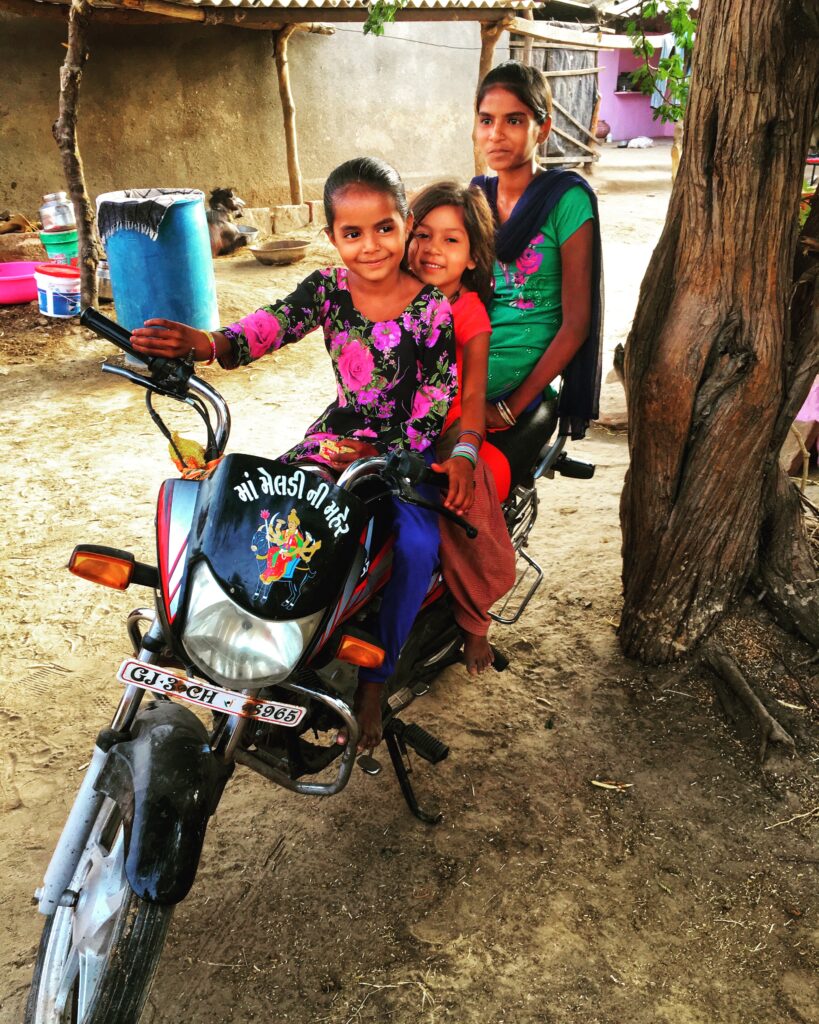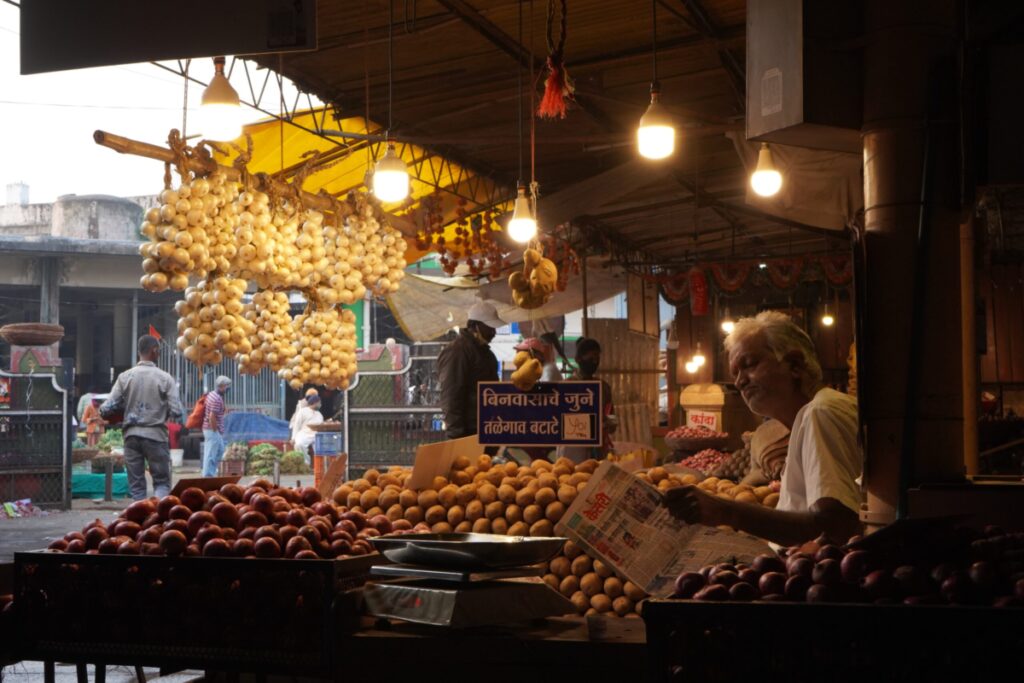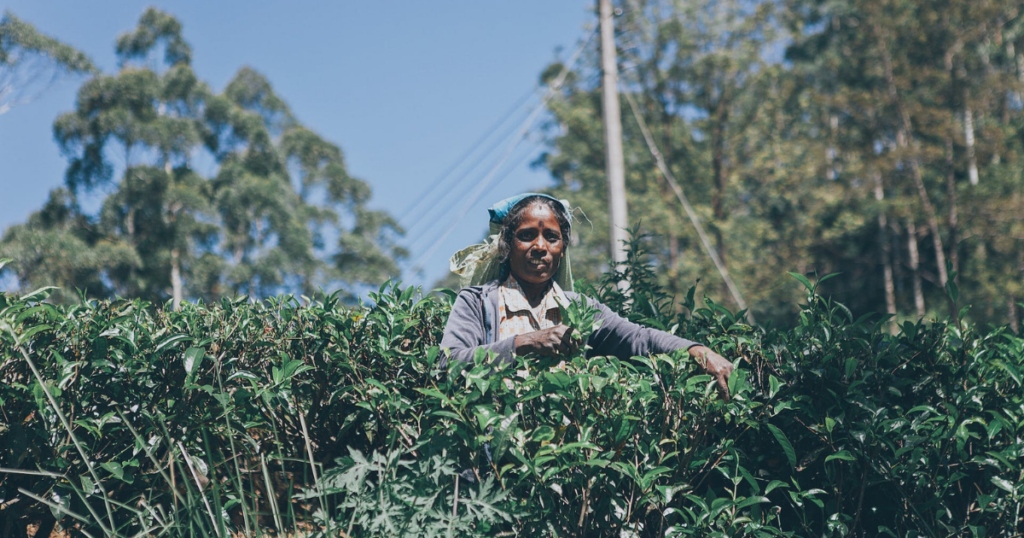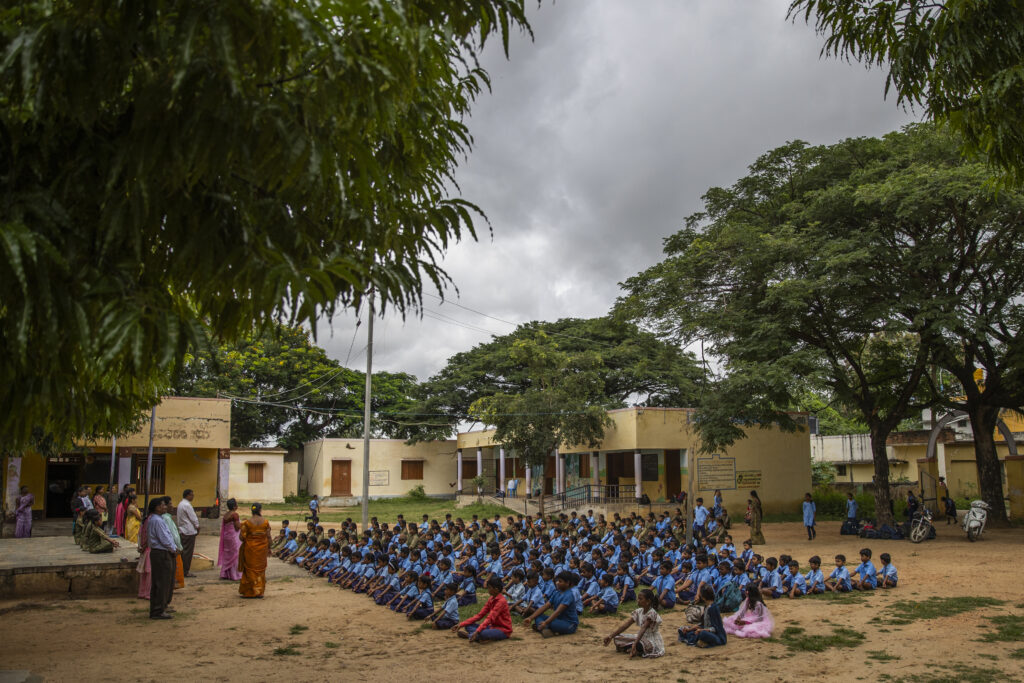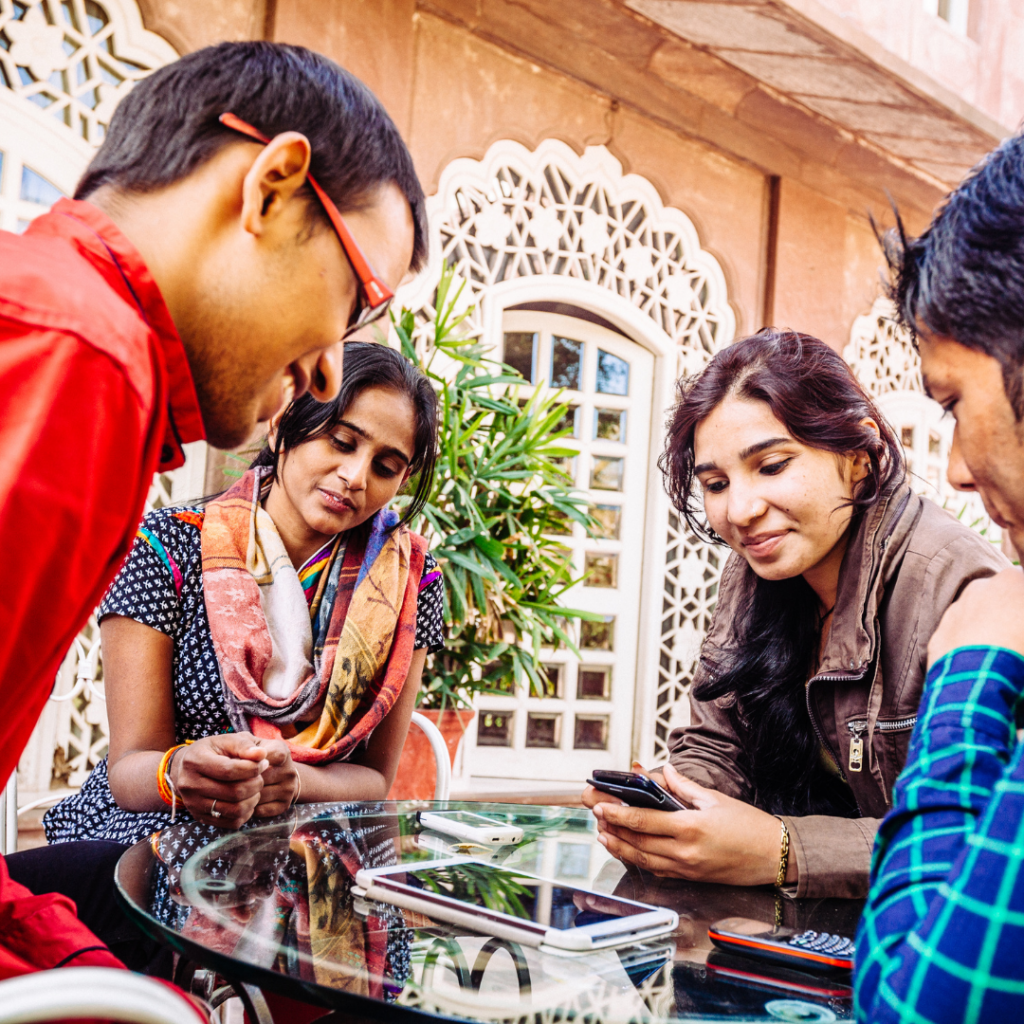Over the years, bazaar (market) and sarkaar (government) have stepped up their engagement for societal good through venture philanthropy, impact investment, CSR and other innovative paradigm shifts, alongside the everyday giving by samaaj (society). This has caused many positive ripples in the challenging fight against poverty and inclusive development in India. However, it has also reduced space at the table for everyday individuals in pivotal conversations on social change.
To maintain true equilibrium between samaj, sarkar and bazaar and have transformative impact on India’s social development, we believe everyday givers need to be deeply engaged as indispensable partners in both the shaping and funding of theories of change.
Client Brief
As part of its global philanthropic strategy, a leading global foundation was interested in understanding how trends such as everyday giving can complement existing funding efforts as well as grow in the future. A leading domestic foundation was interested in partnering on this study towards their objective of supporting a strong society in the continuum of samaaj, bazaar and sarkaar to understand how all citizens can contribute to social impact in meaningful ways through time and money.
In order to gather a deeper understanding of everyday giving in India and its potential, Sattva’s research undertook a first-of-its kind 360-degree mapping of the everyday giving landscape for India, covering the market, players (namely NGOs, everyday givers, channels, and the larger ecosystem), uptake, challenges, and potential. Their collective forces have repeatedly inspired watershed moments in India’s social development. It looked to generate actionable insights for funders and stakeholders involved in the online and offline giving ecosystem in India.
Sattva’s Approach
The research study is a combination of a top-down market study of EG market characteristics and environment, and a bottom-up understanding of the donor and the approach to tap into the EG intent.
Sattva adopted a framework underlying which were the following two research questions:
- What is the overall market environment of the everyday giving the market in India through online and offline channels? What is the size, spread and potential growth over the next decade in comparison with markets in the US and China?
- Who is the everyday giver and how do we tap into this giving potential?
It undertook this study using the following approach:
- Identify the extent and impact of contribution by everyday citizens towards social change and the levers that can be strengthened to increase this contribution.
- Identify systemic barriers and challenges that impede the everyday giving ecosystem from scaling to its maximum potential.3. Highlight the impact and returns from fundraising through everyday giving mechanisms to encourage its uptake among NGOs and other stakeholders.
People and Expertise
The project was led by Aarti Mohan, one of our co-founders and Partner Foundations and the team included members of the Research team with core research skill sets and expertise.
Respondent Profile
Through a comprehensive market estimation process, conversations with 106 experts, surveys with 700+ everyday individuals and 40 charitable organisations.
Qualitative:
- Geography covered: Pan India
- Sample Size/Scale: Completed 85 qualitative interviews
- 26 Channels including:
- Crowdfunding platforms
- E-commerce, mobile payment
- Subscribed giving platform
- NGO website
- Marathons and events
- Payroll giving
- volunteering
D. 26 ecosystem players
Enablers
Funders
Influencers
Policy Ecosystem
E. Social purpose organisation
QUANT
- Donor 74
- NGO 40
- Real time data from Daan Utsav 154
Methodology
The study uses mixed methods – a combination of insight mining for market numbers, qualitative research to understand the status, gaps and challenges among NGOs, channels, donors and enablers, and a quantitative study focused on NGOs and donors. The study will be published in January 2019.
Key Takeaways
- India has a rich tradition of everyday giving and citizen engagement. In 2017, everyday givers contributed ~INR 34k cr (USD 5.1 b) to community, religion, disaster-relief and charitable causes.
- In sharp contrast to other prominent social economies such as the USA and China, 90% of India’s EG is informal giving to religion and community.
- Only INR 3.5k cr / USD 528 m (10%) goes to SPOs, making it a mere 6% contribution to total philanthropic giving in India.
- Social purpose organisations (SPOs) garner EG funds through at least 12 formal offline, online and mixed channels today. Over 80% is acquired through offline telemarketing and face-to-face interactions, but online and mixed channels are growing steadily, backed by the rapid growth of digital shopping and payments, and millennials wanting to give back.
- Over the last decade, citizen engagement and volunteering have grown rapidly in India, bearing the potential to increase giving through engagement.
- Indian residents and diaspora givers’ growing earning capacity, response to nascent digital giving interventions, and market innovations, indicate that India’s formal charitable EG has the potential to grow four times to ~INR 15,500 cr / USD 2.3 b, making it a significant contributor to total philanthropic giving in the country in the next 3-5 years.
- Face-to-face and telemarketing channels could continue to dominate in 2021, but payroll giving, crowdfunding, and e-commerce-based giving are poised to grow strongly.
- India’s everyday givers are motivated by four triggers: convenience, urgency, community and impact. Givers prefer to engage with social causes personally but are impeded in their giving by a lack of information on reliable SPOs, relevant avenues for giving, and regulatory barriers.
- Most Indian SPOs tap into retail giving only when other funding streams are inaccessible. Some leverage external opportunities or international expertise while only a few do so because citizen engagement is core to their mission.
- Giving channels embrace the unique challenges of Indian everyday giving for effective solutions. While online channels are growing at ~30% CAGR, offline channels dominate the Indian context.
- There are four types of ecosystem players: influencers who trigger everyday givers, funders who support EG solutions, enablers who support fundraising and create knowledge, and the policy ecosystem working on regulatory interventions. They play a critical role in creating a tipping point for Indian EG.
- In order to achieve the potential for everyday giving in India and build a sustainable culture of citizen engagement, we believe the following four principles are critical:
- Meaningful engagement is critical to increasing giving
- Take into account the Indian realities of EG and design for them
- Leverage mainstream communities and existing consumer behaviours
- Move givers to mindful ways of giving
- Applying the four core principles described, we recommend six intervention strategies to boost everyday giving and promote mindful giving in India:
- Strategies to grow the funnel of everyday givers
— Create more avenues for convenient formal giving
Increase citizen engagement with social causes
Leverage current religious and community giving towards social causes constructively
Strategies to grow capacity to tap into the EG funnel
— Strengthen SPO’s capacity to engage and raise funds from everyday givers
— Strengthen knowledge and narrative on everyday giving
— Ease policy bottlenecks through advocacy and implementation support
Project Deliverables (end deliverable)
This insights deck was created as a compilation of all the findings and insights before starting with the final report.
8. Impact of project/Sattva’s assistance (e.g. this project was implemented and benefited 150 women to gain better financial literacy / helped 100 young people find regular employment and income) (Strategy applied on field and benefited our client and the findings from this assessment changed program design to address gaps)
This report was widely covered in national media and continues to be cited across publications. https://www.thehindu.com/news/cities/bangalore/indias-everyday-givers-are-motivated-by-impact-and-urgency/article26935947.ece
9. Voices from the Project
This carefully researched report shows us that the giving muscle in India is well-exercised, but could do with some protein shake! According to one source, India probably has the most number of people volunteering or donating money in the whole world, ahead of even the US and China. This is encouraging but also deserves an analysis of the potential for more. In fact, the research tells
us that with some streamlining of efforts, India could emerge as the hub of innovation around everyday giving. The report details many recommendations for all sections of society – samaaj, bazaar and sarkaar.
